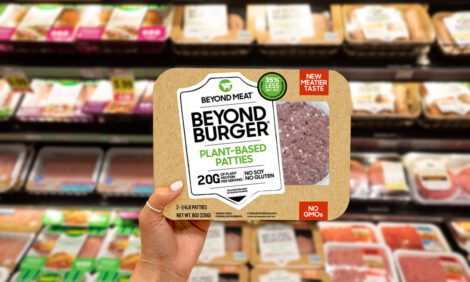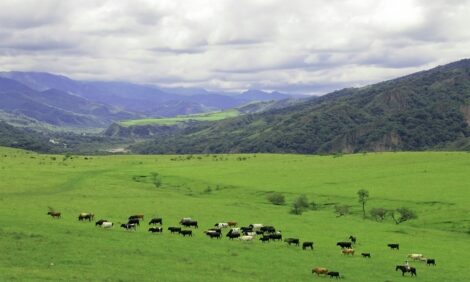



US Swine Economics Report
Regular report by Ron Plain on the US Swine industry, this week discussing NASS's latest combined Canadian-U.S. hog inventory report.
 Ron Plain |
Last week, USDA/NASS released their first quarterly report on the combined Canadian-U.S. hog inventory. The growing impact of the Canadian hog industry on U.S. pork production and prices has caused USDA to begin this new report.
The report is based on the September 1 U.S. survey by USDA and the October 1 Canadian hog survey by Statistics Canada. The Canadian herd is a bit less than one-fourth the size of the U.S. herd. The top 5 provinces and their share of the Canadian hog inventory are: Quebec (29.6%), Ontario (25.0%), Manitoba (19.2%), Alberta (13.8%) and Saskatchewan (8.5%). Quebec has a few more hogs than Illinois and Saskatchewan has a slightly larger swine herd than South Dakota.
USDA's combined inventory report indicates that there were roughly 1% more market hogs and 1% more breeding hogs in these two countries during September 2004 than a year ago. The summer pig crop was 1% larger than last year. Farrowings during the rest of 2004 are expected to be up 1% compared to a year ago. This implies that the combined Canadian-U.S. hog slaughter will be up 1% this coming winter and spring. Year-to-date, combined slaughter is up a little over 3%.
For the past decade or so, the Canadian swine herd has been growing much faster than the U.S. herd. (The Canadian inventory has grown nearly 40% since 1994. The U.S. is up less than 4%.) This disparity may not continue much longer. Although Canadian sow farrowings during the third quarter were slightly larger than a year ago, they were below the previous quarter for the third time in a row. The U.S. swine breeding herd was up 1.1% on September 1. The Canadian breeding herd was up 1.6% on October 1. This is the closest these two numbers have been in 7 years.
Financially, this has not quite been as good a year north of the border as it has on this side. The weakness in the U.S. dollar (worth 1.22 Canadian dollars today verses 1.32 a year ago) means that Canadian hog prices haven't gone up as much compared to last year as U.S. prices. During the first 9 months of 2004, spot market hog prices were up 30% in Iowa and 14% in Manitoba. Obviously, the new 14% tariff on hogs crossing the border won't help Canadian prices.






